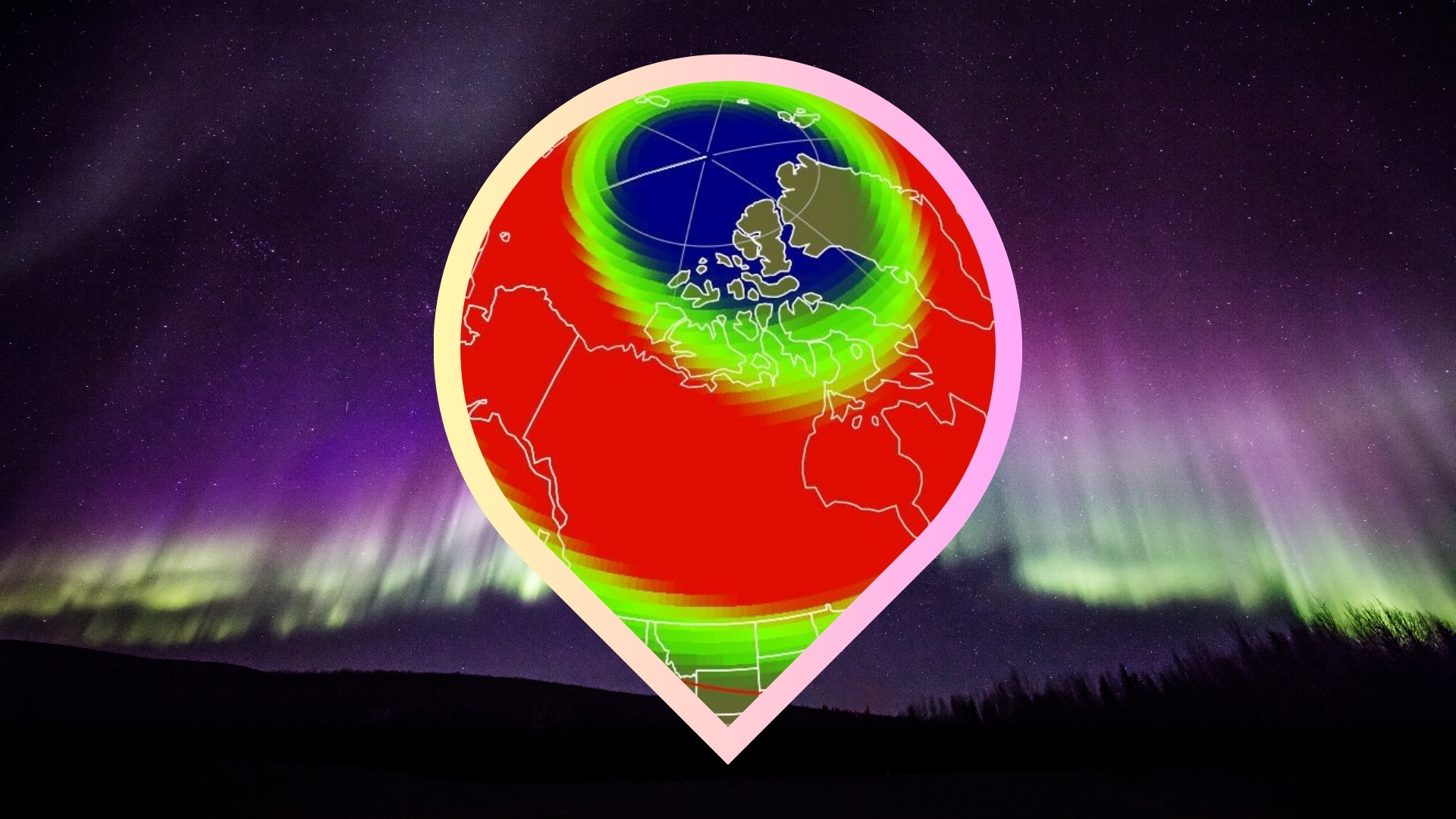How SpaceX's Historic Rocket Re-Flight Boosts Elon Musk's Mars Plan

Elon Musk's Mars-colonization vision just got a step closer to reality.
On Thursday (March 30), Musk's company SpaceX successfully launched the SES-10 communications satellite to Earth orbit using a two-stage Falcon 9 rocket whose first stage already had one spaceflight under its belt.
The mission demonstrated the type of technology that could help make Mars settlement economically feasible, Musk said. ['Huge Revolution in Spaceflight': Elon Musk Comments on 1st Reused SpaceX Rocket (Video)]
"There needs to be at least a 100-fold, if not perhaps a 1,000-fold, reduction in the cost per ton to Mars — actually, maybe 10,000-fold," he said Thursday during a postlaunch teleconference with reporters.
"And reusability is absolutely fundamental to that goal," Musk added. "So this, I think, is a very helpful proof point that it's possible, and I hope people start to think of it as a real goal to which we should aspire — to establish a civilization on Mars."
Journey to Mars
Musk has long said that he founded SpaceX back in 2002 chiefly to help make humanity a multiplanet species.
In September, the billionaire entrepreneur unveiled the broad outlines of SpaceX's plans to do just that. The company aims to establish a million-person city on Mars using a rocket-spaceship combo called the Interplanetary Transport System (ITS), which is in the early development stage.
Breaking space news, the latest updates on rocket launches, skywatching events and more!
Both the ITS rocket and the spaceship will be reusable. Indeed, the booster will be designed to launch at least 1,000 times, Musk said Thursday.
That level of reusability may sound like an outrageous leap from the status quo of one-and-done rocket launches, but SpaceX's work with the Falcon 9 going forward could help to the bridge the gap.
"The design intent is that the rocket can be re-flown with zero hardware changes — in other words, the only thing that changes is, you reload propellant — 10 times," Musk said Thursday, referring to the Falcon 9 first stage.
"And then, with moderate refurbishment that doesn’t have a significant effect on the cost, it can be reflown at least 100 times," Musk added. "Actually, really, we could make 1,000, but it probably isn't quite there. I'm being careful."
Used rockets taking flight
Musk said he expects SpaceX to launch about six "proven" Falcon 9 first stages on orbital missions this year, and perhaps double that number in 2018. But those are just guesses; the decision to go with new or used on each mission resides with SpaceX's customers, Musk said.
The customers who choose a used booster going forward won't pay the full $62 million Falcon 9 launch price, but it's unclear exactly what the discount will be. (Luxembourg-based company SES, which will operate the SES-10 satellite, received an undisclosed discount for Thursday's flight.)
"We're trying to figure that out," Musk said. The reflight discount will be "meaningful," he added, but it "won't be as much as the cost savings, because we need to repay the massive development costs."
Those development costs probably exceed $1 billion, so it will take the company a while to pay them off, Musk said. However, the potential savings from reuse are sizeable; the first stage accounts for up to 70 percent of the cost of each Falcon 9 launch, Musk said. And it costs just $200,000 to $300,000 to refuel a first stage for further action, SpaceX representatives have said. (The company also plans to reuse Falcon 9 fairings — the nose cones that protect payloads during liftoff — down the road, and may attempt to recover and re-fly Falcon 9 upper stages at some point as well, Musk said Thursday. The company successfully recovered the $6 million fairing during the SES-10 launch.)
Thursday's launch therefore "opened the door into a whole new era of spaceflight," said SES chief technology officer Martin Halliwell.
If other launch providers don't match SpaceX's re-flight achievements, they risk getting priced out of the market, Halliwell suggested during Thursday's teleconference.
"When we did the SES-8 mission — the first commercial GTO mission that we did with SpaceX — I made the comment that the industry will be shaking in its boots," Halliwell said, referring to a 2013 launch to geosynchronous transfer orbit. "Oh, I think it's shaking now. I really do. But it's OK. It's for the better."
Follow Mike Wall on Twitter @michaeldwall and Google+. Follow us @Spacedotcom, Facebook or Google+. Originally published on Space.com.

Michael Wall is a Senior Space Writer with Space.com and joined the team in 2010. He primarily covers exoplanets, spaceflight and military space, but has been known to dabble in the space art beat. His book about the search for alien life, "Out There," was published on Nov. 13, 2018. Before becoming a science writer, Michael worked as a herpetologist and wildlife biologist. He has a Ph.D. in evolutionary biology from the University of Sydney, Australia, a bachelor's degree from the University of Arizona, and a graduate certificate in science writing from the University of California, Santa Cruz. To find out what his latest project is, you can follow Michael on Twitter.
